
Hyperkeratosis in dogs is a dermatological condition characterized by the excessive production of keratin, leading to the thickening of the skin on the nose or paw pads. While it can affect any breed, certain breeds like Labradors, Golden Retrievers, and Irish Terriers are more predisposed to this condition.
Causes: The exact cause of hyperkeratosis in dogs can vary. It might be genetic, resulting from an inherited trait within certain breeds. Additionally, it can be secondary to underlying health issues such as infections (bacterial or fungal), immune system disorders, hormonal imbalances, or dietary deficiencies. Trauma or constant pressure on certain areas of the skin can also trigger hyperkeratosis.
Symptoms: Identifying hyperkeratosis involves observing changes in your dog’s skin. The primary symptom is the abnormal thickening and hardening of the nose or paw pads. Initially, this thickened skin might appear dry and rough, eventually progressing to the formation of crusts or cracks. As the condition worsens, it can cause discomfort, leading to pain, inflammation, and potential infections.
Diagnosis: Consulting a veterinarian is crucial for a proper diagnosis. A vet will conduct a physical examination and might perform tests to rule out underlying health issues. Biopsies, skin scrapings, or blood tests could be necessary to determine the root cause of the hyperkeratosis.
Treatment: Treatment of hyperkeratosis primarily focuses on managing the symptoms and addressing the underlying cause if possible. Your vet might recommend a multi-faceted approach:
Moisturizing Therapy: Regular application of moisturizers or balms specifically formulated for dogs can help soften and hydrate the affected areas, providing relief.
Topical Treatments: Your vet may suggest using topical ointments or creams to reduce inflammation, control infections, or promote skin regeneration.
Proper Nutrition: A balanced diet rich in essential nutrients is crucial. Supplements containing omega-3 fatty acids, biotin, or zinc might be recommended to improve skin health.
Medication: In cases where hyperkeratosis is a secondary condition, treating the underlying cause, such as infections or hormonal imbalances, becomes necessary. Antibiotics, antifungals, or other medications might be prescribed accordingly.
Regular Maintenance: Continuous care and maintenance are essential. Regularly trimming the excess keratin and keeping the affected areas clean can prevent complications and discomfort.
Prognosis: The prognosis for hyperkeratosis largely depends on the underlying cause and the severity of the condition. While some dogs respond well to treatment and management, others might require ongoing care to alleviate symptoms and maintain skin health.
Hyperkeratosis in dogs can be a challenging condition, impacting a pet’s comfort and well-being. Timely veterinary intervention, proper diagnosis, and consistent management are crucial in providing relief and improving the quality of life for dogs affected by this condition. Always consult a veterinarian for personalized advice and treatment plans tailored to your dog’s specific needs.




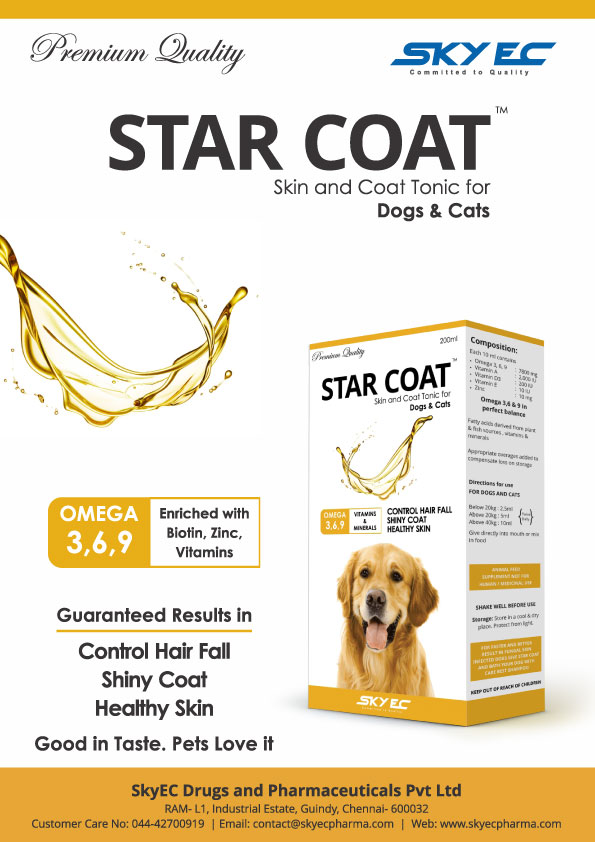
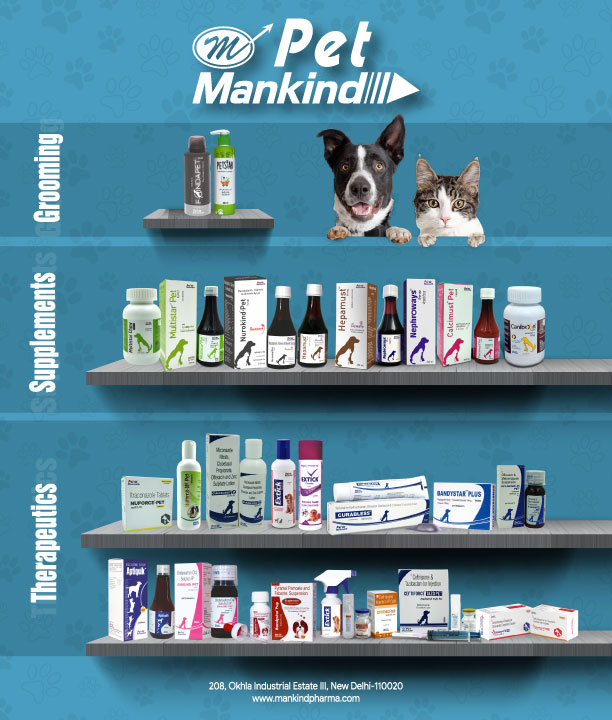
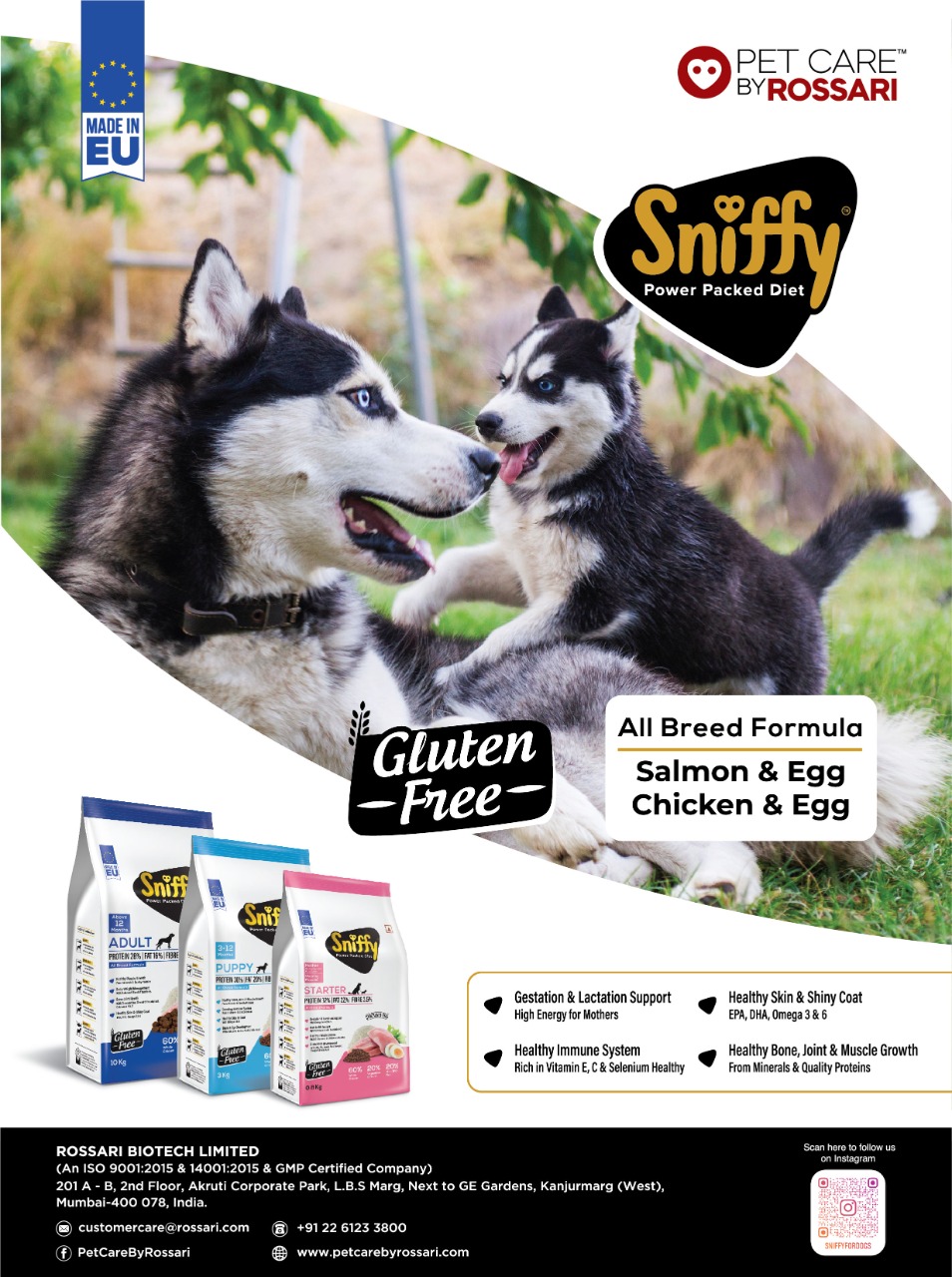
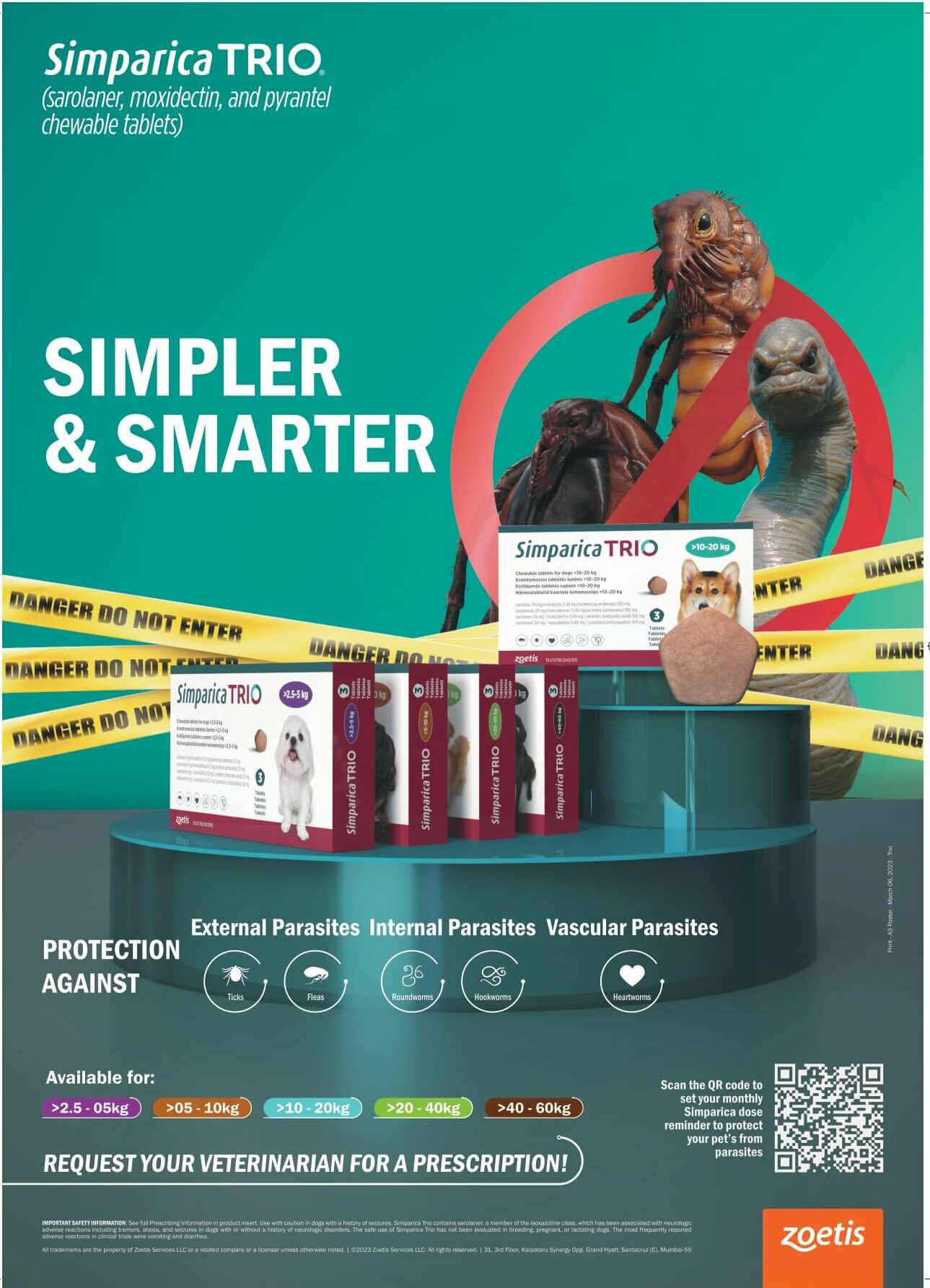
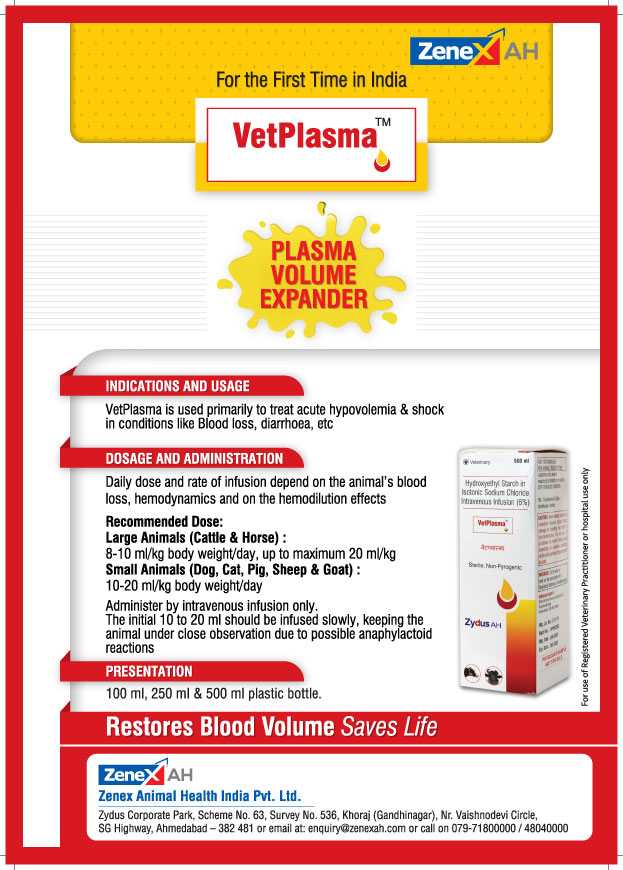

 " >
" >
 " >
" >